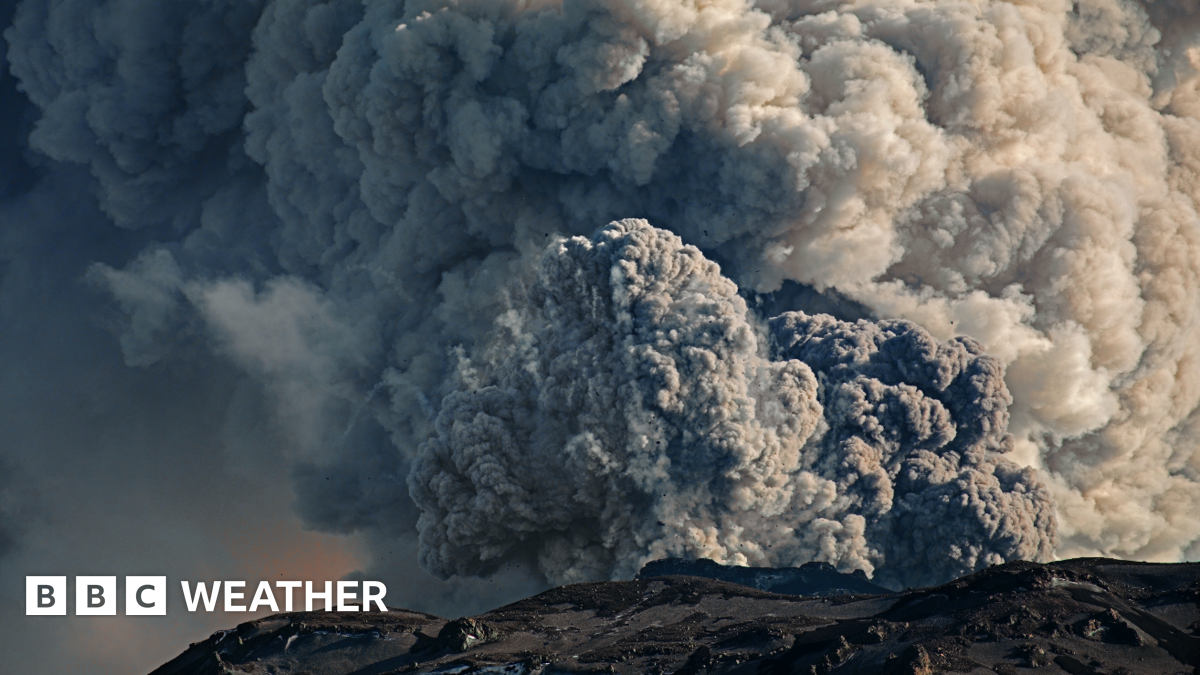A Look Back at the 2010 Eyjafjallajkull Eruption and Its Lasting Impact on Air Travel

In April 2010, the world witnessed an unprecedented event that sent shockwaves through the aviation industry. For eight consecutive days, UK and European airspace experienced closures, either fully or partially, leading to chaos for travelers globally. The catalyst for this disruption was the explosive eruption of the Eyjafjallajkull volcano in Iceland, which began erupting on April 14. This volcanic event released vast amounts of ash into the atmosphere, creating a massive ash cloud that was carried towards Europe due to prevailing weather patterns.
The eruption of Eyjafjallajkull created the most significant disruption to air travel since World War II, revealing the aviation sector's lack of preparedness for natural disasters of such magnitude. Airlines and regulatory bodies were caught off guard, leading to a complete halt in commercial air traffic across several countries. The incident highlighted serious gaps in crisis management and contingency planning within the aviation industry.
Fast forward to 2025, and while many procedures have been refined in the aftermath of this volcanic eruption, there are still concerns about whether the industry is adequately prepared to handle similar turmoil. Recently, Heathrow Airport faced its own crisis when a fire at a nearby electrical substation resulted in a temporary power outage. This incident led to the cancellation of approximately 1,300 flights, leaving thousands of passengers stranded and inconvenienced. Such events raise questions about the robustness of the systems in place to manage unexpected disruptions.
Looking back at the 2010 crisis, it is difficult to comprehend the scale of the chaos that ensued. During the eight-day closure, 300 airports were shut down, leading to the cancellation of around 100,000 flights. An estimated 10 million passengers found themselves unable to travel, and the airline industry reported losses exceeding 1.1 billion. This situation forced many to rethink the viability of air travel in the face of natural disasters.
As we continue to navigate the complexities of global travel, the lessons learned from the Eyjafjallajkull eruption remain relevant today. The events of 2010 serve as a cautionary tale for the aviation industry as it prepares for future challenges.



























